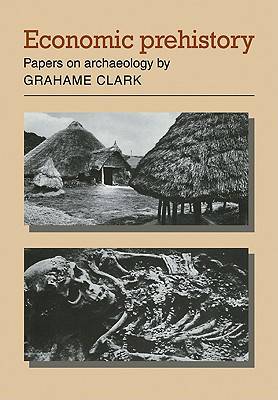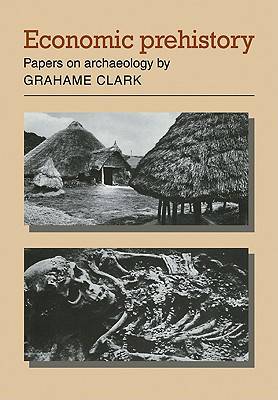
Bedankt voor het vertrouwen het afgelopen jaar! Om jou te bedanken bieden we GRATIS verzending (in België) aan op alles gedurende de hele maand januari.
- Afhalen na 1 uur in een winkel met voorraad
- In januari gratis thuislevering in België
- Ruim aanbod met 7 miljoen producten
Bedankt voor het vertrouwen het afgelopen jaar! Om jou te bedanken bieden we GRATIS verzending (in België) aan op alles gedurende de hele maand januari.
- Afhalen na 1 uur in een winkel met voorraad
- In januari gratis thuislevering in België
- Ruim aanbod met 7 miljoen producten
Zoeken
Omschrijving
Throughout his career Grahame Clark has pioneered on a world scale the use of the archaeological record to document the economic and social life of prehistoric communities. In Europe he was the first to employ the concept of the ecosystem in archaeology and to underscore the necessarily reciprocal relationship that exists between culture and environment. In Britain he has played a major role in moving archaeology away from its preoccupation with typology and spurring on the newly emergent discipline of bioarchaeology. Economic Prehistory reflects all these concerns. Following a comprehensive bibliography of Professor Clark's writing, the volume opens with a series of classic papers on basic subsistence activities such as seal hunting, whaling, fowling, fishing, forest clearance, farming and stock raising. Subsequent sections then deal with world prehistory and the thorny relationship between archaeology, education and society. The volume closes with a retrospective which looks critically at such figures of the past as Gordon Childe and Mortimer Wheeler and to the author's own renowned excavations at the Mesolithic site of Starr Carr.
Specificaties
Betrokkenen
- Auteur(s):
- Uitgeverij:
Inhoud
- Aantal bladzijden:
- 660
- Taal:
- Engels
Eigenschappen
- Productcode (EAN):
- 9780521108515
- Verschijningsdatum:
- 9/04/2009
- Uitvoering:
- Paperback
- Formaat:
- Trade paperback (VS)
- Afmetingen:
- 170 mm x 244 mm
- Gewicht:
- 1034 g

Alleen bij Standaard Boekhandel
+ 193 punten op je klantenkaart van Standaard Boekhandel
Beoordelingen
We publiceren alleen reviews die voldoen aan de voorwaarden voor reviews. Bekijk onze voorwaarden voor reviews.









